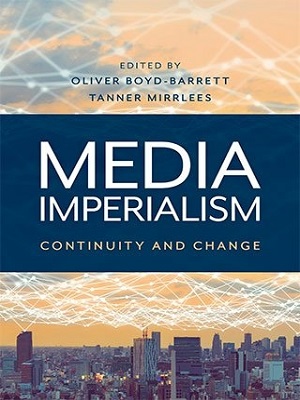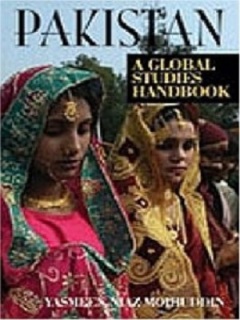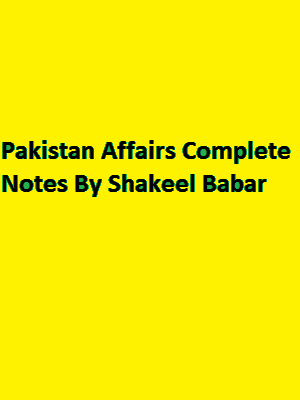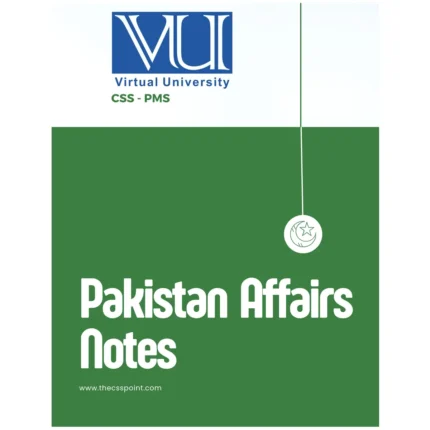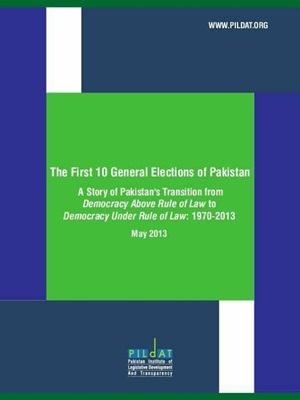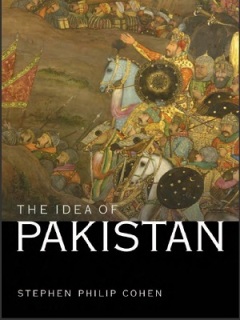The term “media imperialism” was mainly fashioned by communication and media scholars in the 1960s and 1970s—a period when the US and Soviet superpowers battled for supremacy while the postcolonial non-aligned movement struggled for the New World Information and Communication Order (NWICO) at the United Nations. Never was the concept of “imperial” in this context and research trajectory limited only to forms of imperialism that depended on the annexation of territory. Some early media-imperialism scholars were based in Latin American countries that were no longer colonies of any empire and had never been formal colonies of the United States.
and Canada. During this time, “media imperialism” was principally applied to the media power and influence of the United States and was deployed in studies of the considerable influence of US-based media corporations in and on the media systems and cultures of other countries, especially those in the global South. Throughout the 1980s, 1990s, and 2000s, a prevalent focus within media-imperialism literature on the United States reflects an understandable preoccupation with the actual economic, military, and media power of the United States. But scholarship on media imperialism has also extended to the expansive media systems, industries, and products of older empires (e.g., British, French, and Russian) and once subalternized or peripheral countries (e.g., China, India, Brazil, and South Korea). These little “media imperialisms” spread from countries that evince considerable media ownership, distribution, and impact within a given geocultural zone but are themselves structurally weaker than and shaped by stronger global imperial powers such as the United States. Just as there is no reason why media-imperialism scholarship should be limited to only one empire, there is also no reason why such research should be limited to only one period or phase in the history of an empire.






